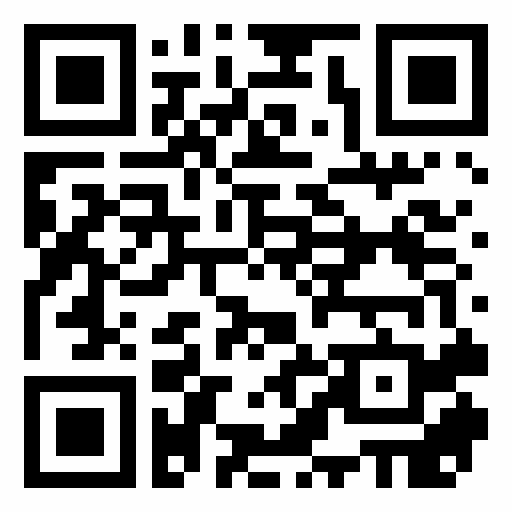Reza Faramrza Zadeh1, Venus Shahabi Raberi2*, Mojgan Haj Ahmadi3, Somayeh Ghasemzadeh4
Background: ST segment changes in aVR lead may effectively predict early mortality in patients with acute myocardial infarction (MI). We aimed to assess the value of ST segment changes in aVR lead to predict outcome in patients with anterolateral MI or with non-ST segment elevation MI (STEMI).
Methods: The hospital recorded files of 200 consecutive patients with one of the two diagnoses of anterolateral MI or non-STEMI were retrospectively assessed. Four subgroups were defined as the group with ST elevation > 0.5 mV in aVR lead (n = 53), 2) ST depression > 0.5 mV in aVR lead (n = 34), 3) without ST change in aVR (n = 87), and 4) with any ST change in aVR (n = 26).
Results: In-hospital mortality rate was 30.2% in the group with ST elevation, 23.5% in those with ST depression, 9.2% in those without ST change, and 11.5% in those with any ST change in aVR that was higher two former groups. The prevalence of repeated MI was 17%, 2.9%, 2.3%, and 3.8% respectively indicating higher in-hospital MI in the group suffered ST-segment elevation MI. The rate of revascularization and length of hospital stay did not also differ across the groups. In multivariate regression model, both ST elevation and ST depression in aVR predicted in-hospital death. Main predictor for in-hospital MI included the presence of as ST elevation in aVR lead.
Conclusion: A significant change of ST segment in aVR lead predicts both in-hospital mortality and reccurrence of MI within hospitalization in patients with anterolateral MI or with non-STEMI.
